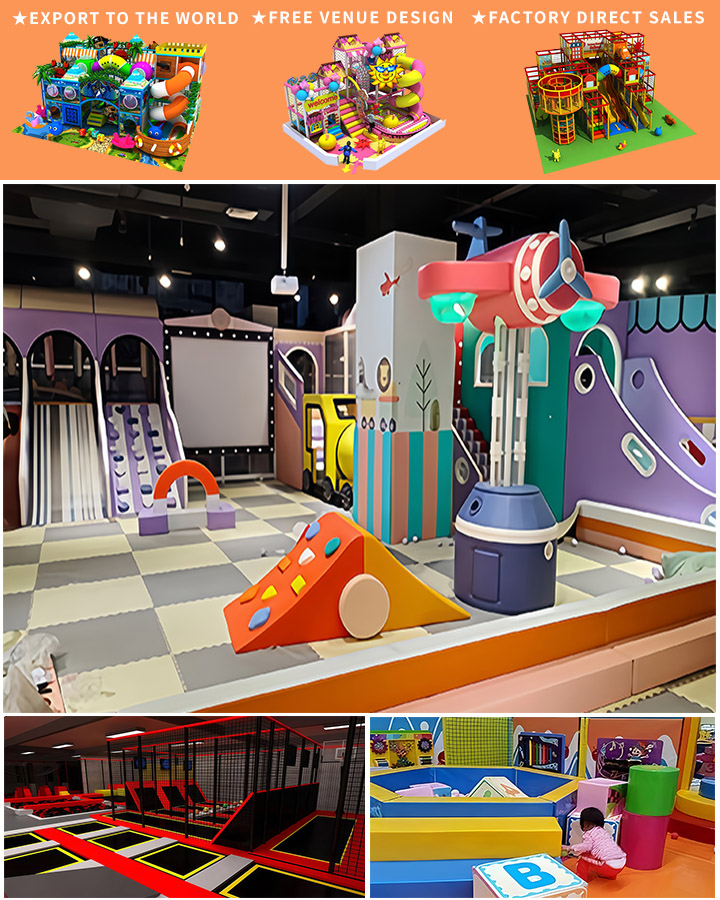In today’s fast-paced world, the joy and wonder experienced in a play center often get overshadowed by concerns about sustainability and cost. However, there is an alternative that not only brings delight to children but also aligns with eco-friendly practices – second-hand indoor playground equipment. This article explores how repurposing these items can create a magical play environment for factory kids, all while promoting sustainability and offering great value.
The Appeal of Indoor Play Centers
Indoor play centers have always been sanctuaries of fun, providing children with a safe space to engage in physical activities, socialize, and let their imaginations run wild. Equipped with slides, climbing frames, ball pits, and interactive toys, these centers are designed to stimulate creativity and physical development. But new equipment can be prohibitively expensive, making it difficult for many communities, especially those in industrial areas where budgets are tight, to provide such amenities.
Sustainability and Cost-Effectiveness of Second Hand Equipment

One of the primary advantages of opting for second-hand indoor playground equipment is its cost-effectiveness. Purchasing pre-owned items can significantly reduce expenses, allowing more funds to be allocated to other essential community programs. Moreover, choosing used equipment is a sustainable choice that reduces waste and conserves resources. By giving a second life to well-maintained play structures, we help decrease the demand for new manufacturing, which in turn lowers the carbon footprint associated with production processes.
Safety and Quality Assurance
Concerns about safety and quality are paramount when it comes to children’s play equipment. Reputable suppliers of second-hand playground gear ensure that all items meet stringent safety standards. Before acquiring used equipment, it’s crucial to conduct thorough inspections and necessary repairs or upgrades to guarantee they are in excellent condition. Proper maintenance routines should also be established to keep the equipment safe and functional over time.
Enhancing Creativity and Learning Through Play
A well-designed play center, even with second-hand equipment, can become a hub for learning and development. Climbing walls and balance beams encourage physical fitness and coordination, while imaginative play setups like pretend stores or construction zones foster cognitive and social skills. Interactive toys such as puzzles, building blocks, and sensory tables provide endless opportunities for educational play, stimulating young minds and encouraging problem-solving abilities.
Community Building and Inclusive Play
Indoor play centers serve as more than just recreational spaces; they are vital for community building and social inclusion. For children in factory settings, where parents often work long hours, these centers offer a safe haven where they can connect with peers, learn collaboratively, and build lasting friendships. Inclusive playground equipment that caters to children of all abilities ensures that every child can participate and enjoy the benefits of play.
Conclusion
The use of second-hand indoor playground equipment presents a unique opportunity to create vibrant, sustainable, and inclusive play environments for factory kids. By choosing to repurpose high-quality, pre-owned items, communities can provide enriching experiences without breaking the bank or compromising on safety and environmental values. Embracing this approach not only nurtures the physical and cognitive growth of children but also instills a sense of responsibility towards sustainability and community wellbeing. So, let’s reimagine our play centers with a commitment to recycling joy and fostering a brighter future for our youngest generation.




